Death Mark deserves better recognition than it gets. The first two games in the series (Death Mark itself, and then Spirit Hunter: Ng) are both incredible horror visual novels, through which Experience Inc. has given us some of the finest art and suspense narratives that we’ve seen. And yet to produce Spirit Hunter: Death Mark 2, Experience Inc. needed to turn to crowdfunding, and then the game only sold a few thousand copies in Japan.
Sometimes you just have to wonder whether video games deserve to be called an art form, given the way the audience treats the rare example that is a true work of art, first and foremost. But I digress. Putting that moment of bitterness aside, if Death Mark 2 is t be the end of this brilliant little horror trilogy, at least it goes out with a bang.
Death Mark 2 is a little different to its predecessors. Both of those played out entirely in first-person perspective. For both the visual novel narrative bits, you’re presented with a text box and all the dialogue and descriptions go there. Just like any other VN. However, when it came time to “investigate” and uncover the horror, the game shifted to a first-person perspective that allowed you to explore an area, look for clues, and eventually confront the horror. A little like in Wizardry or Etrian Odyssey, but as a point-and-click adventure experience rather than a dungeon-crawling RPG.
Death Mark 2, meanwhile, gets rid of the first-person perspective for the “action” side of the game. This time, the game plays out like a 2D side-scrolling adventure game. A lot like Tokyo Dark: Remembrance, if anyone has ever played that (and you all should have). There are still moments where the game shifts to a first-person perspective, so that you can investigate a scene. Furthermore, during key moments you’ll still be treated to some of the most grotesquely beautiful art you’ll ever see, Visual Novel-style. Otherwise, though, the adventure itself plays out from this new perspective. Admittedly it took me a while to get used to this. There’s an intensity to horror in the first person, even when it’s a relatively slow burn like in Death Mark 1 and Spirit Hunter: Ng, and I really enjoyed that about both games. The side-on view, meanwhile, is better for navigation but less atmospheric. At first this seemed like the lesser choice. Once I got used to it, however, I was able to settle into and appreciate the game’s main strength: the narrative.
Death Mark 2 is a direct sequel to the original. This time around Kazuo Yashiki (the protagonist from the first) is an experienced spirit detective, and finds himself wrapped up in the nightmarish mysteries of yet more urban legends when a school headmaster calls on his talents, for students have started dying amid whispers of a ghost haunting the school’s toilets.
And so, Yashiki finds himself working with friends new and old to try and save lives by putting an end to the grudges that have manifested as malign spirits and haunt everyone unfortunate enough to be caught in their ethereal sights. He does this by exploring the haunted area, asking characters questions, obtaining clues and slowly piecing together the mystery of the chain of events that brought the spirit into being and why it’s so angry. Then, armed with that information, he needs to eventually confront the spirit and successfully undertake a sequence of actions to appease it before it kills him.
Death Mark 2’s urban legends and spirits are based on Japanese Shinto mythology, giving Death Mark an uncommonly Japanese quality. When you think about most of the iconic Japanese horror properties – Resident Evil, Silent Hill, and so on, they’re usually modelled after Western horror (perhaps because the developers think it will resonate better). Those rare horror games that are identifiable as Japanese in theme – Project Zero, and Death Mark here – offer a different relationship between the protagonist and the spirits. Specifically, the spirits still represent a threat to life and soul, but their story is rooted in tragedy and sadness, and rather than being mere monsters, you’re meant to sympathise with them on some level.
As MaryLou Quillen noted in her essay, J-Horror: A discourse in cross-cultural communication and cinematic hybridity: “’J-Horror,’ a common term for the genre, is known for its ‘subtlety and restraint.’ This differs drastically from what American horror fans have grown accustomed to, with American horror films fusing a hybridity of genres, specifically action, mystery, thriller and comedy, and the expectation of cheap scares and a shocking conclusion. Hollywood horror moguls have concocted an attention-grabbing mix of fast-paced entertainment with a protagonist whose normalcy is temporarily disrupted by the presence of immanent danger, typically depicted through the monster or antagonist. The plot delivers you drama with a neatly-wrapped conclusion.”
Quillen’s quote is in the context of a comparison between the Japanese and American versions of The Ring film, and we see those differences play out too in Death Mark, set against most Western-themed horror. Just as the depiction of Sadako is relatively restrained in the Japanese Ring book and film, Death Mark is a relatively subtle and cerebral horror, light on viscerally frightening moments to instead build fear by playing on the player’s capacity for empathy with each of the characters at the core of its tragedies. That’s not to say it doesn’t have eye-opening moments – the key CG art scenes are often as eye-popping as they are darkly beautifully drawn – but for the most part Death Mark is more focused on causing you to think “Wow that is messed up, what is wrong with the capacity for depravity among humanity?” Than it is interested in triggering your fight response.
Indeed those key art CGs are impactful more often than not because they play in some heavily fetishistic areas rather than being anything more violently extreme than you’ve seen in big-budget action horror games. As I noted in my review of the original Death Mark: “As with most visual novels, key moments in Death Mark are illustrated with richly detailed, full-screen size, high-quality art works. As this is an Experience Inc. game, and Experience has some of the best artists going around, these art stills are even more impressive in their level of detail and design than is usual for the genre. There’s a catch, though. These stills will also make some people very uncomfortable, because in Death Mark’s case, those illustrations feature women, in highly fetishized positions, being brutalised and/or murdered in a way that would impress the Marquis de Sade himself.”
Death Mark 2 is somewhat more subtle than its predecessor but the themes and intent remain the same. For example, Death Mark 1 features a scene where a schoolgirl is stripped down to her underwear and tied to the ceiling. She is wrapped up and strangled by a ghost that takes the form of a malevolent rose plant.
Meanwhile, one of the first nightmare scenes in Death Mark 2 also features a schoolgirl. She keeps her uniform on this time, but gets tied up by a spirit that takes the form of a malicious horde of hoses, who ties her up in a way that is deliberately reminiscent of certain tentacle scenes in adult anime, and then lifts one side of her skirt to make the intent of the scene obvious to just about everyone.
Where Western-themed horror games work hard to divorce themselves from the sex themes that have always been part of the horror genre across literature and film, Japanese-theme horror games tend to embrace that quality. Death Mark 2 is the perfect case-in-point. There’s no actual eroticism or sex depicted, but the fetishistic quality that infuses so much of the art is enormously effective at setting a deeply uncomfortable and sinister atmosphere. It’s subtle, and yet also very clear about the intent.
Getting right down to it, the purity of Death Mark’s horror to Japanese ghost story traditions is also what makes it so appealing. The underlying mystery in getting to know the story of each ghost provides the page-turning quality – it’s a whodunnit in a true sense – but the dark majesty the aesthetics and direction are what help it stand out as a truly creative work, however niche its audience will be.
There are elements of the game I didn’t care for. These mostly have to do with the times it was trying to be a game. For some reason, Death Mark 2 gives all the characters various statistics and health bars. However, these only come into play when solving mysteries… in theory. In practice, they don’t do anything. During a mystery “puzzle”, the game gives you a couple of different options for how to respond to a situation. Get it right and you’ll progress the narrative. Get it wrong and you’ll lose health and have to try again. It doesn’t matter what your character’s stats are, however, since there’s only one right answer to progress the narrative, making all of those numbers totally pointless, as far as I can tell.
I’m also not a fan of the way the game will give you a couple of different characters to choose between, but give you no hint about which will be useful for any given chapter of the narrative. It’s important to pick the “correct” companion, because each has special abilities that can prove critical to the mission. However, with no way of knowing who to choose, you’re ultimately going to have to juggle multiple saves and do a fair chunk of narrative backtracking. It’s just a poor, pointless design element when the focus should be on enjoying the mystery narrative, not playing party builder because the developers seem to be using the game to apply for a job on the next Dragon Quest team (and doing a poor job of that).
But redundant stats buried away in a menu I never had to really look at also don’t affect the quality of the game. Not only does Death Mark 2 tell an exceptional, authentic Japanese story of spirits, tragedy, sadism and mystery, but I’m struggling to think of a game that looks better on the Nintendo Switch. Especially if you’ve got an OLED model. Truly, Experience Inc. has the finest horror artists in the entire games industry, and it’s truly sad that only a few thousand people will ever be aware of that.
Order this game from Amazon (By purchasing from this link you support DDNet, which earns a small commission on each sale)
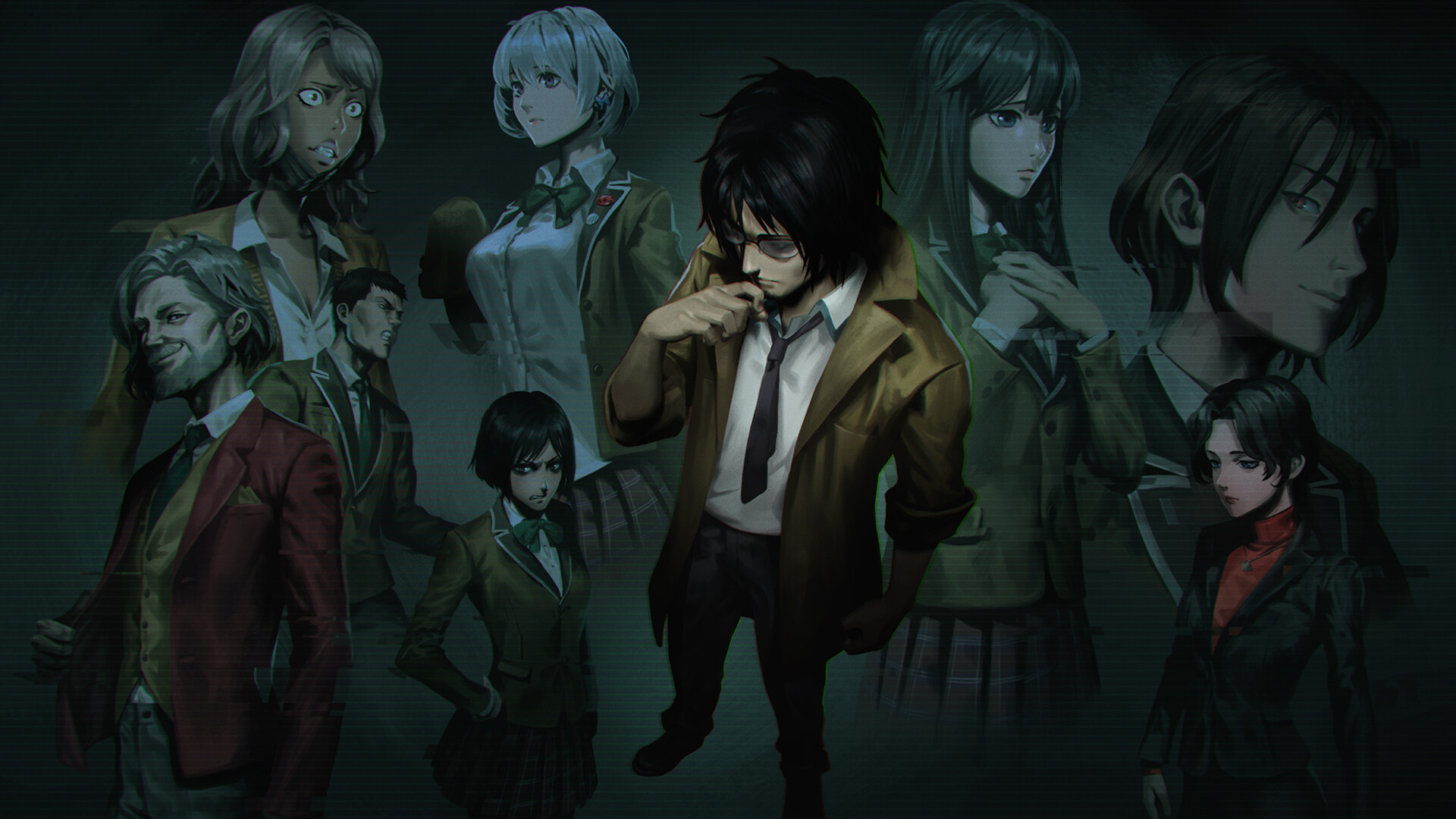

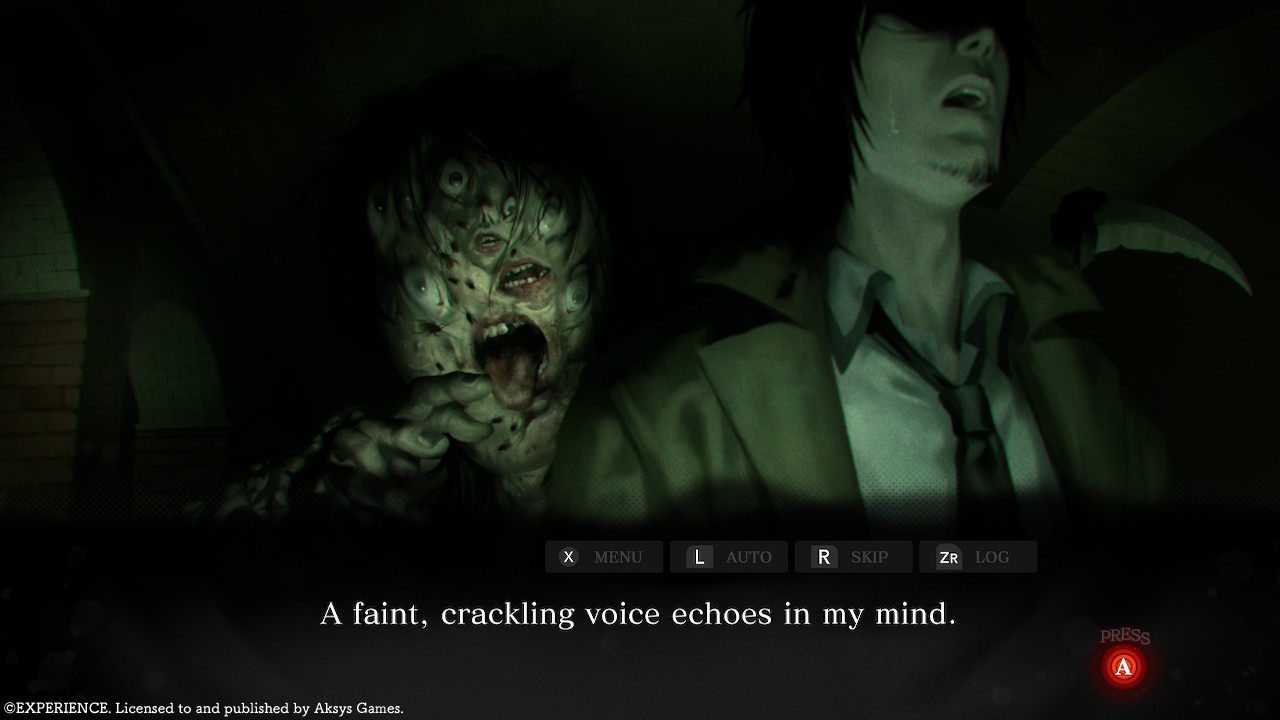
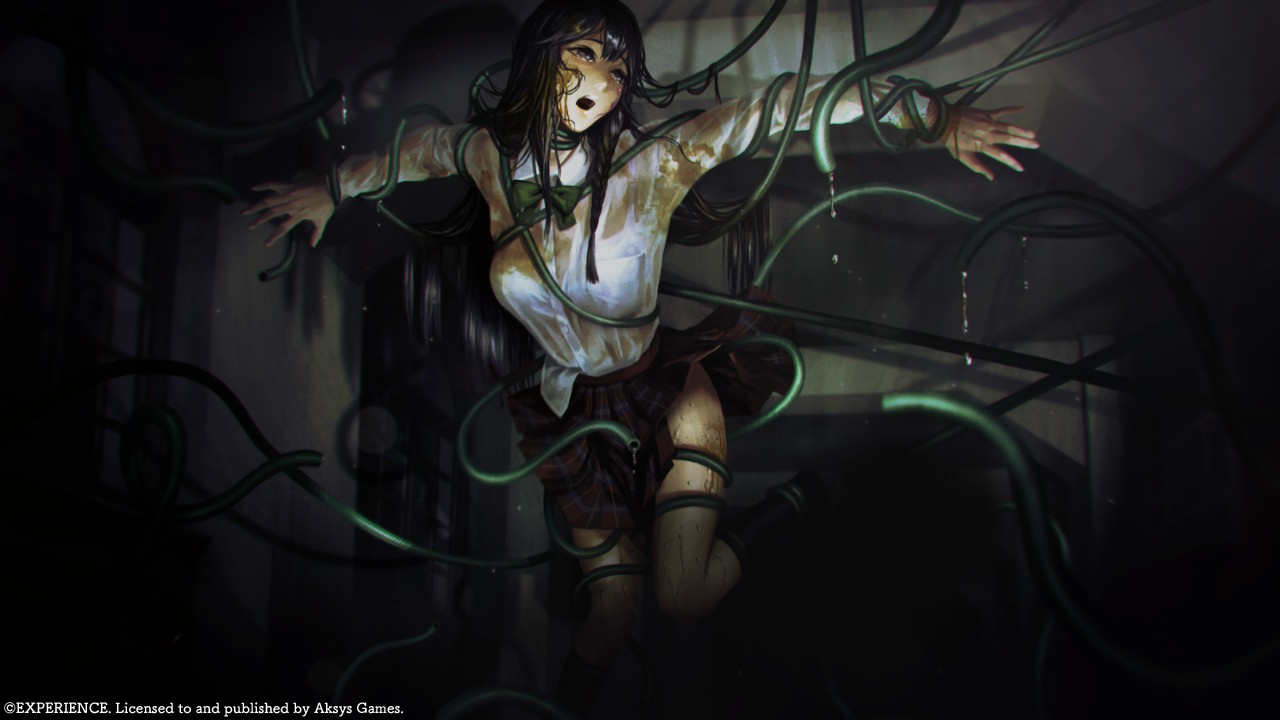
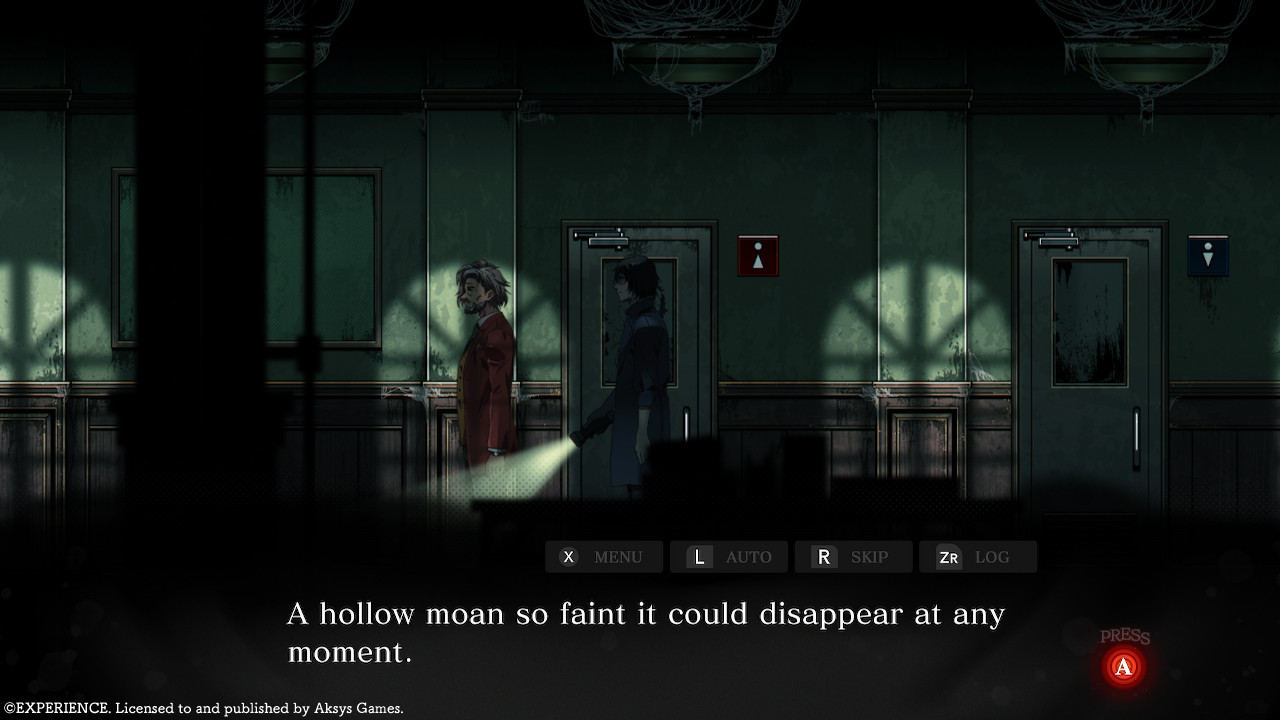
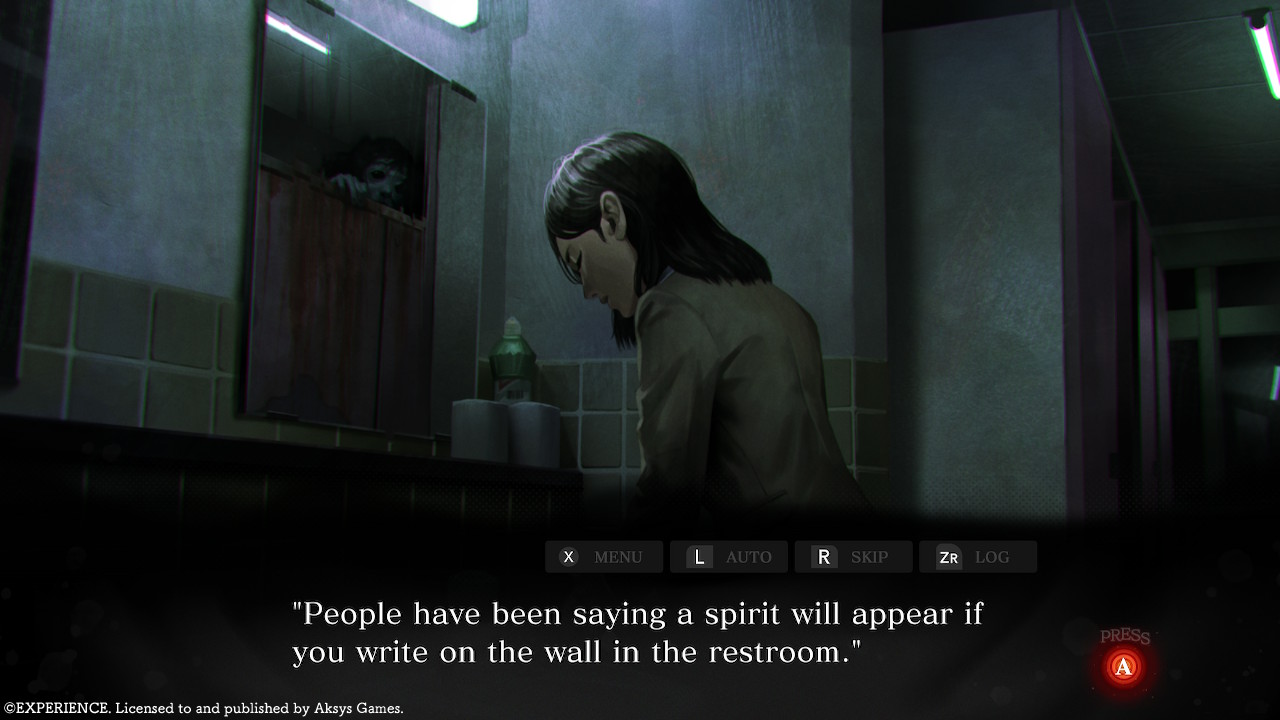
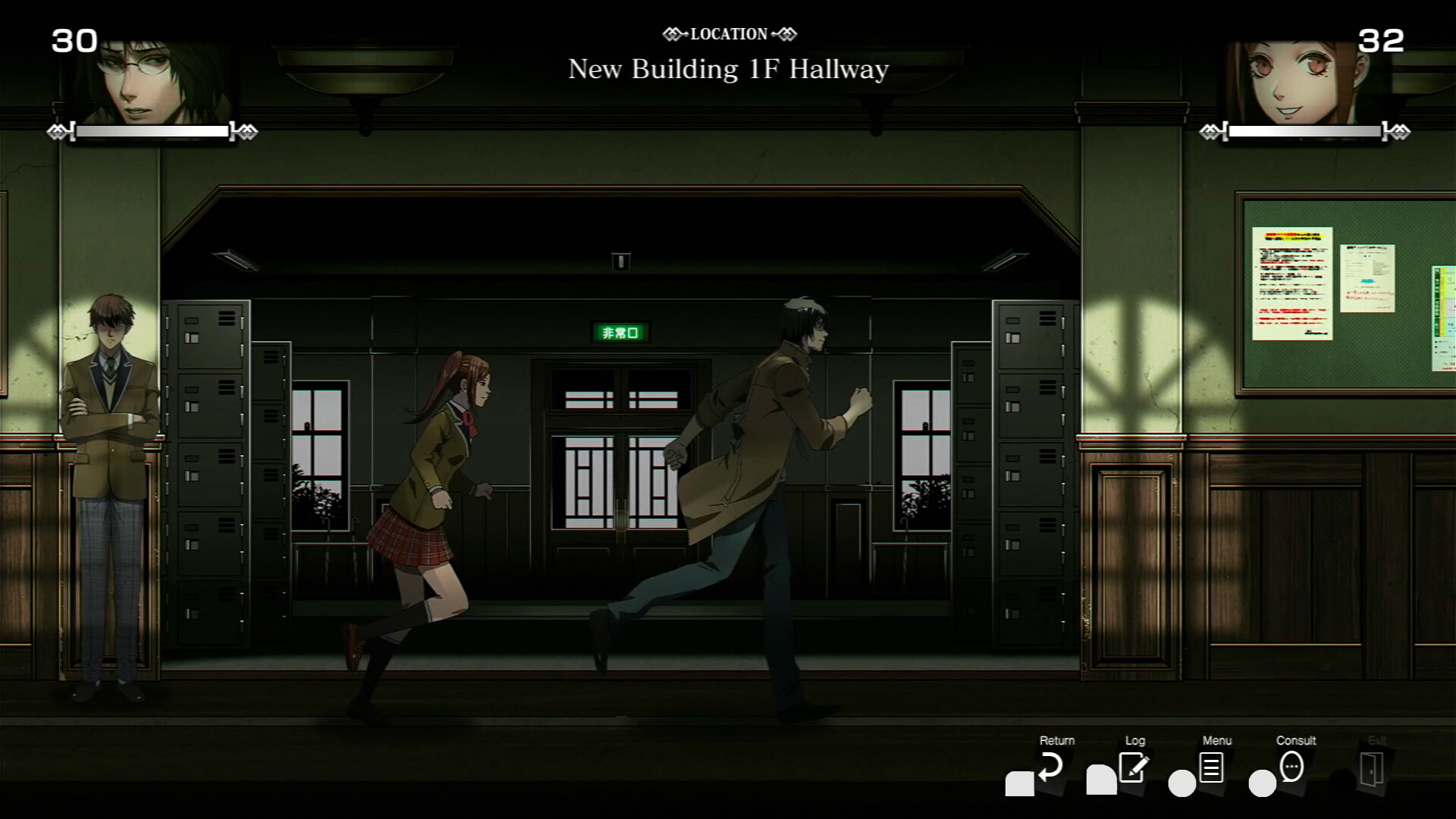

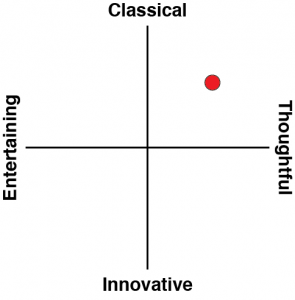
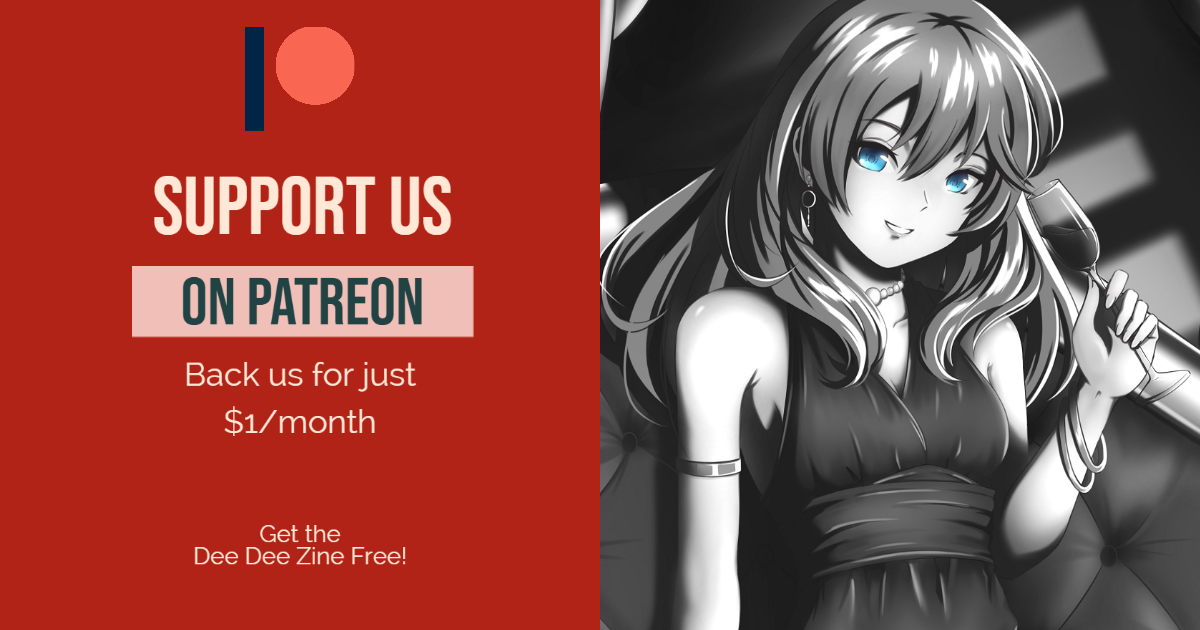



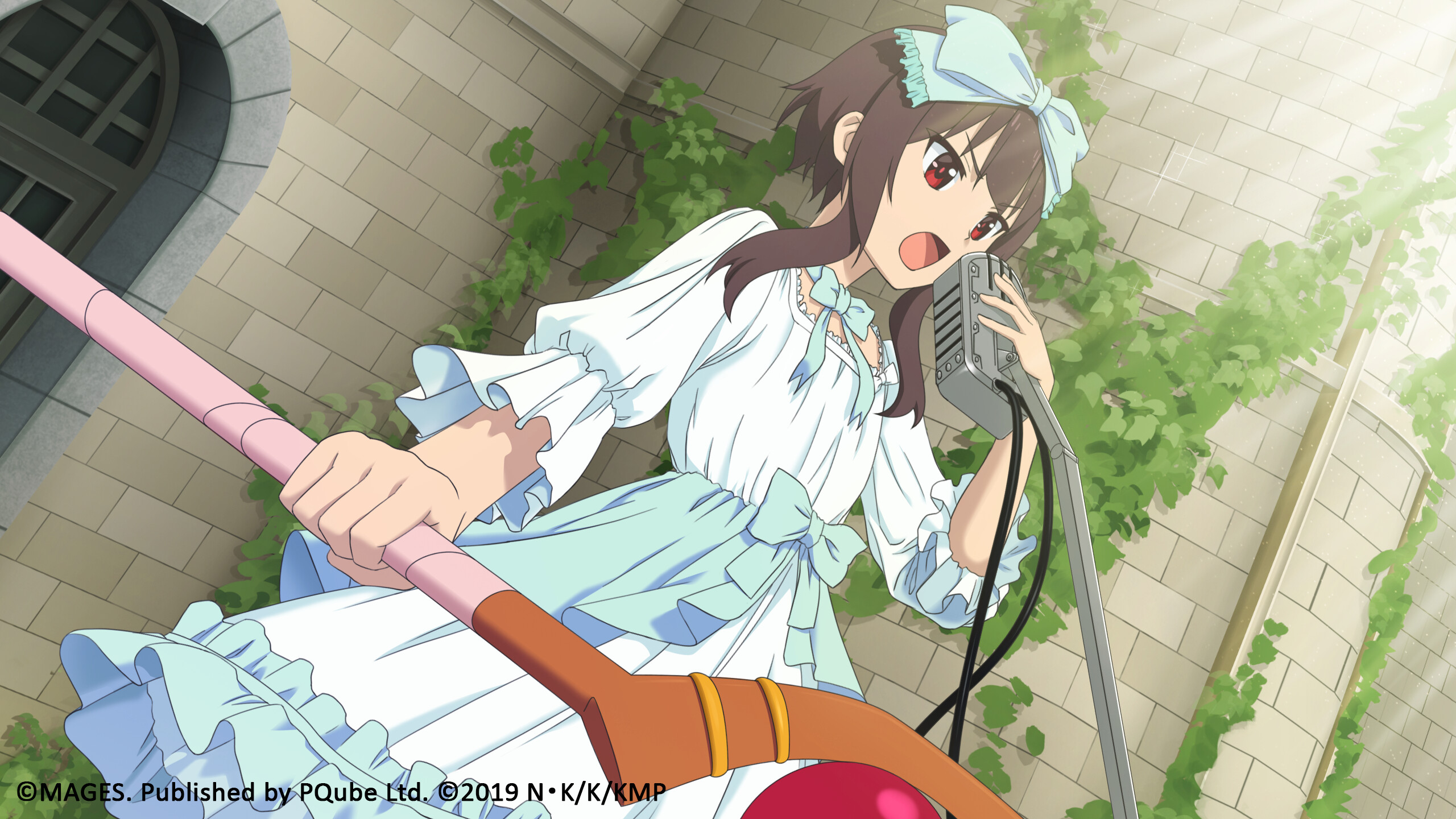
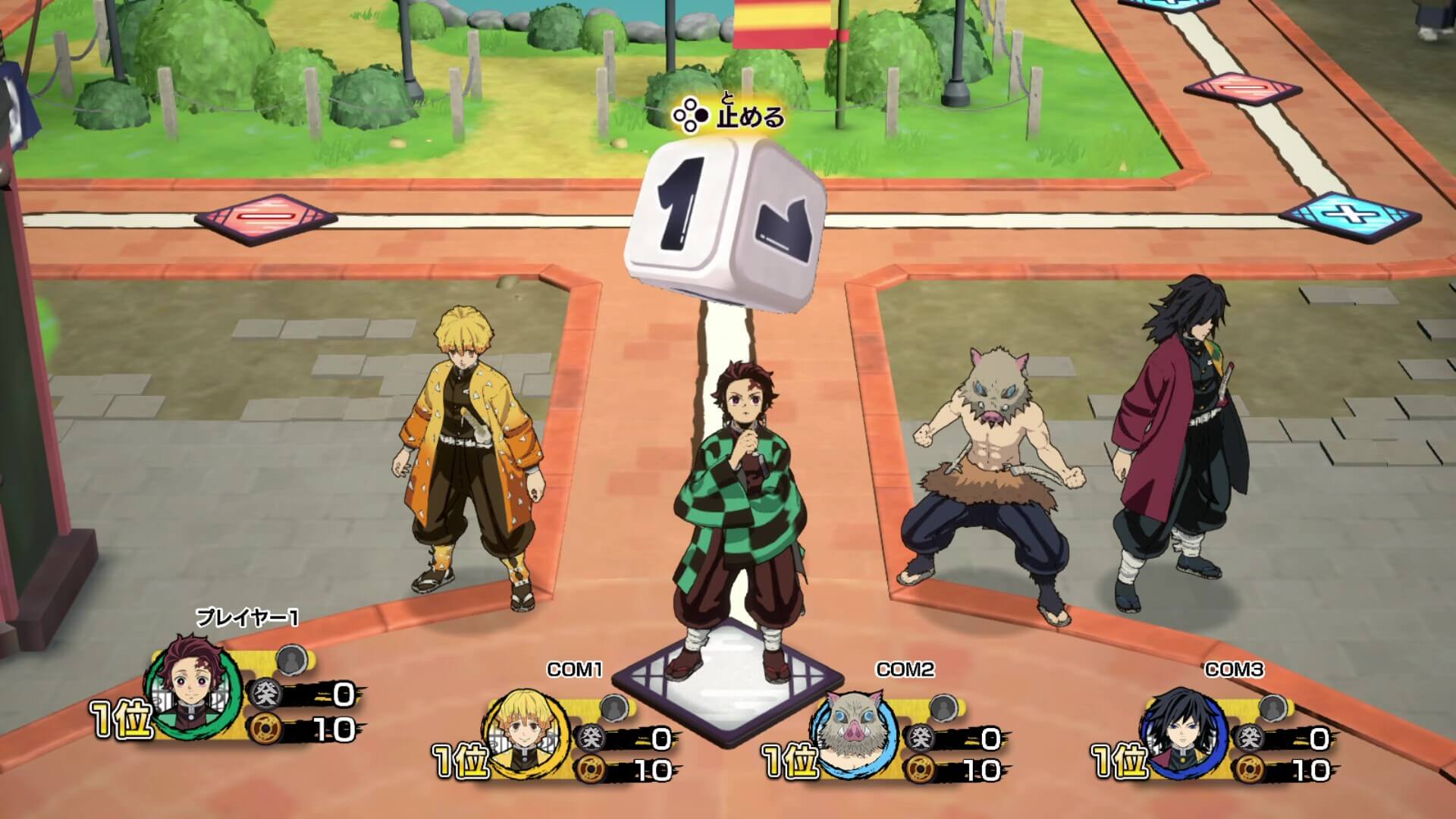


Got this pre ordered of course! Should be on its way. Happy to see you like it, very excited to get into it myself
You liked the first one, right? This one is a much more refined take on the same vision. You’re in for a great time.